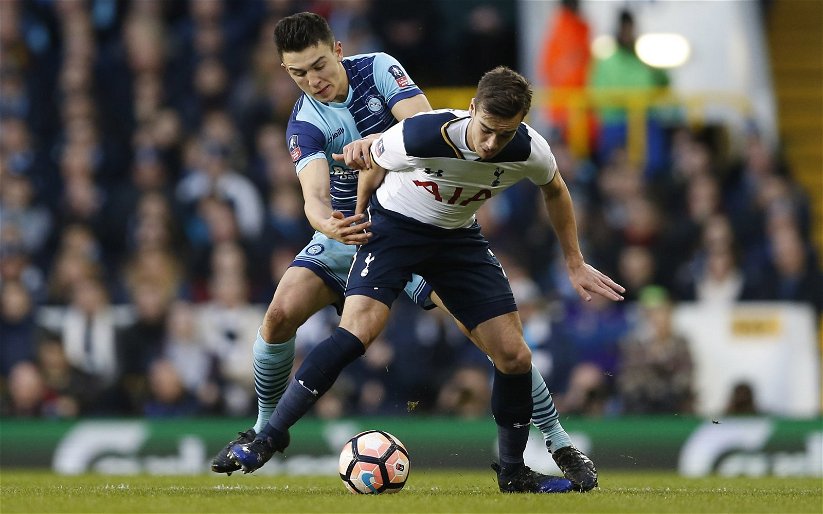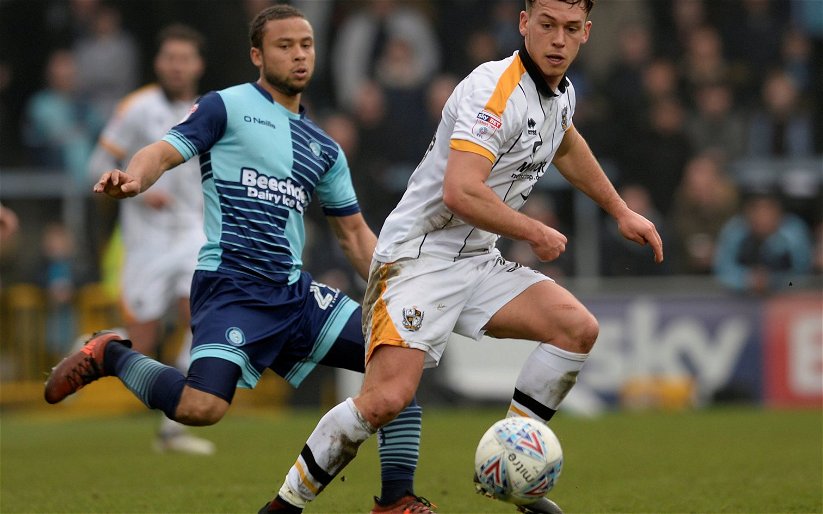Wycombe fans wondering why their club has performed like Jekyll and Hyde this season, shouldn’t really be too surprised.
It’s understandable that the Chairboys aren’t currently replicating the performances they gave in the first half of the season when you consider that they now field an almost entirely different set of players operating within a completely different system.
When Wycombe beat Rochdale last September to record their 4th straight League Two victory, the starting eleven bore little resemblance to the side which lined up against against Shrewsbury Town on Saturday. In fact, only Craig Woodman and John Mousinho started both games.
Rochdale Line-up
Shearer
McCracken Johnson Williamson Woodman
Grant Doherty Mousinho Spence Zebroski
McGleish
The next time Wycombe completed four wins in a row was against Notts County in November and only Craig Woodman and Matt Harrold started that game and also the one against Shrewsbury at the weekend.
Notts County Line-up
Shearer
Hunt Williamson McCracken Woodman
Zebroski Moussa Doherty Spence Balanta
Harrold
Then there is the change of system.
During the first half of the season, Wycombe generally employed a 4-5-1 formation with 3 central midfielders and 2 pacy wingers who were not afraid to track back when required. This gave the Chairboys a good grip of midfield and usually afforded them a higher percentage of the possession than their opponents. This control of the game relieved pressure on the defence.
Although they weren’t free-scoring under this system, they won 12 out of their first 23 games and were notoriously tough to beat, losing just once and keeping 13 clean sheets.
In 2009, presumably in an attempt to score more goals, Wycombe have used a 4-4-2 formation which has resulted in less control over the midfield, less possession and therefore less protection for the defence.
If the plan was to score more goals, it’s backfired badly and Wycombe’s goalscoring rate has actually dropped from 1.35 goals per game to an even poorer 0.86 goals per game.
On top of that, the loss of control in midfield has meant less protection for the defence and goals conceded have increased from 0.56 per game to 0.93 per game.
No wonder it feels like we’ve been watching two different Wycombe sides this season.
We have.
Share this article



